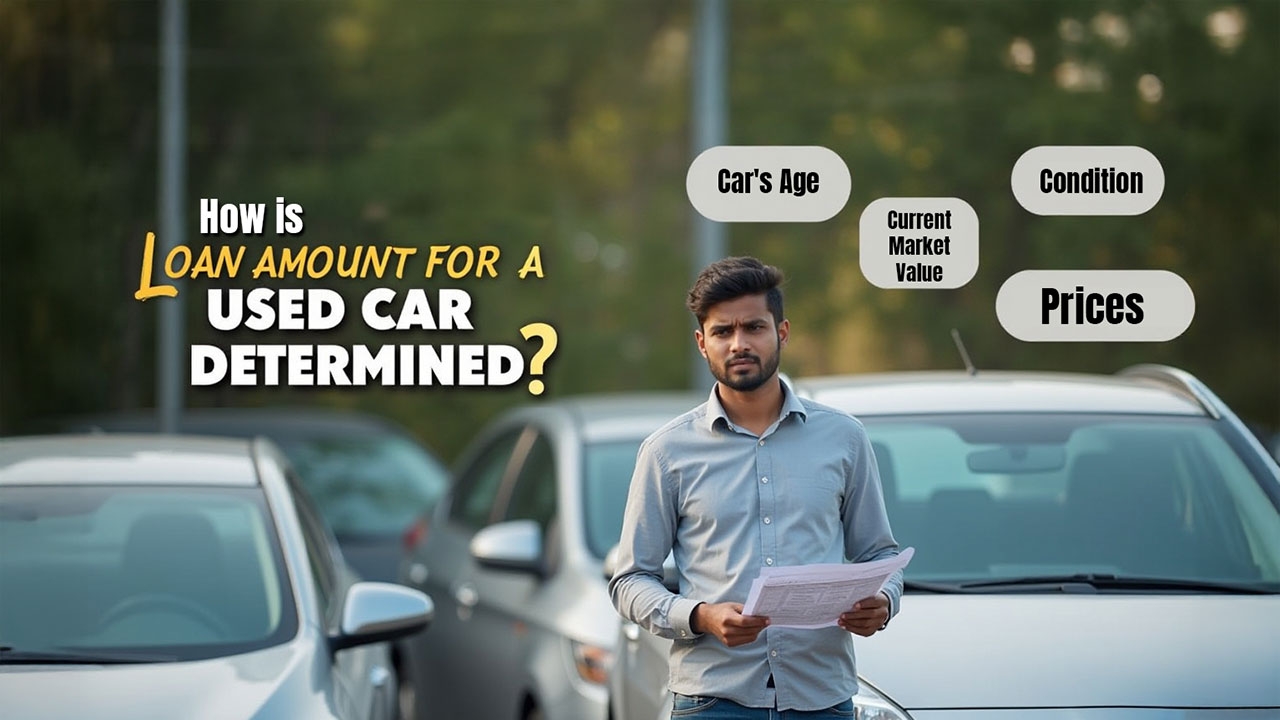How is the Loan Amount for a Used Car Determined?
Did you know that the loan amount for a second-hand car depends on multiple factors. In this video, we break these down in detail for you to estimate how much financing you might get.
First, you’ll learn about the car’s age and condition—well-maintained, newer models generally qualify for higher loans. Here, the Current Market Value (CMV) plays a key role. It represents the car’s present worth based on depreciation, demand, and average market pricing.
We’ll also discuss how depreciation impacts the CMV—older, high-mileage, and poorly maintained cars lose value faster. Lenders use the CMV to calculate the Loan-to-Value (LTV) ratio, which determines what percentage of the car’s value can be financed. LTVs for used cars typically range from 70% to 90%.
Next, the video will explain how lenders use the LTV ratio to assess risk. A higher LTV means a lower down payment but could also mean stricter loan terms. Other factors like your debt-to-income ratio, repayment ability, and the amount of down payment can also influence the loan amount that you can get.
By understanding these elements, you can estimate your potential loan amount and plan your car purchase wisely. Stay tuned to Academy for more insights on used car loans!

Key Takeaways
The loan amount for a used car depends primarily on the vehicle’s age and condition
The Current Market Value (CMV) refers to the car’s current worth and is used to determine the loan amount
Depreciation, mileage, car condition, and brand reputation can affect the CMV of a vehicle
The loan-to-value (LTV) ratio represents the loan amount as a percentage of the car’s market value
LTV ratios for used cars in India tend to range between 70% and 90%, impacting the required down payment
A lower debt-to-income ratio can improve your loan approval chances, as it reflects better financial stability
Higher down payments could reduce risks for lenders and help you secure favourable loan terms
What to Watch Next
Bites































